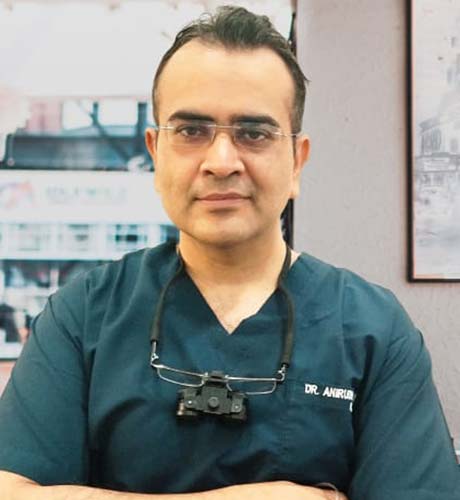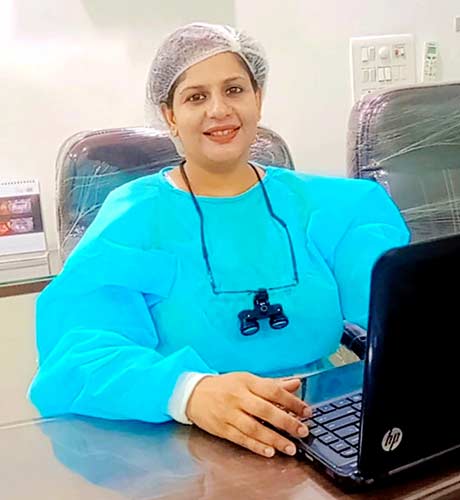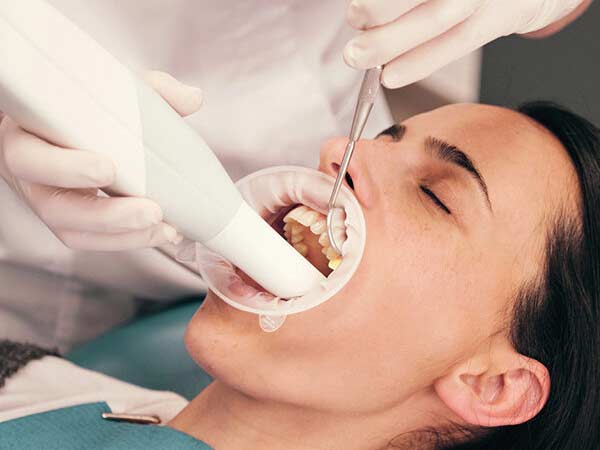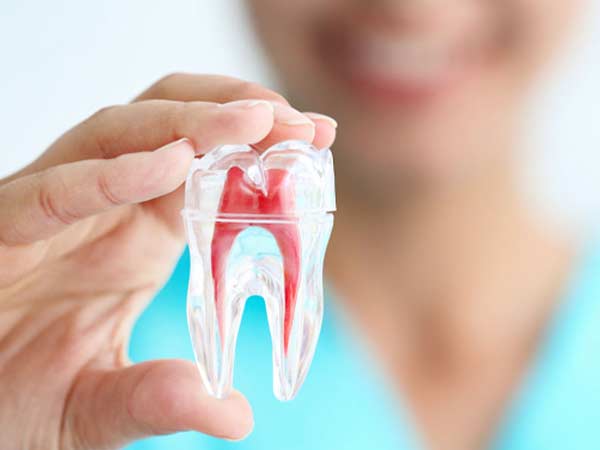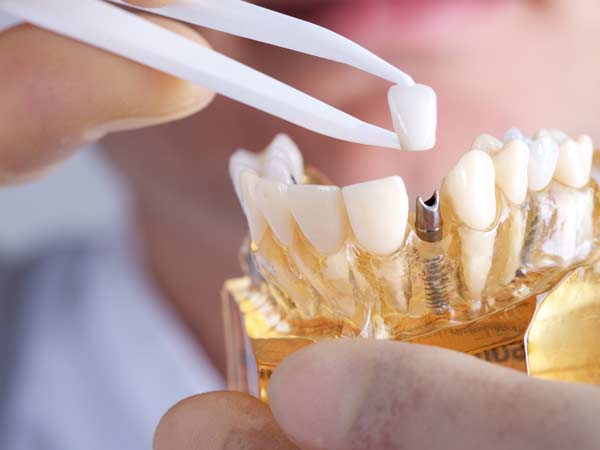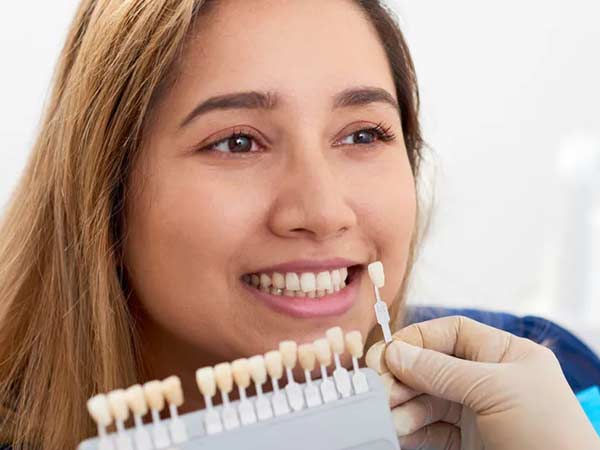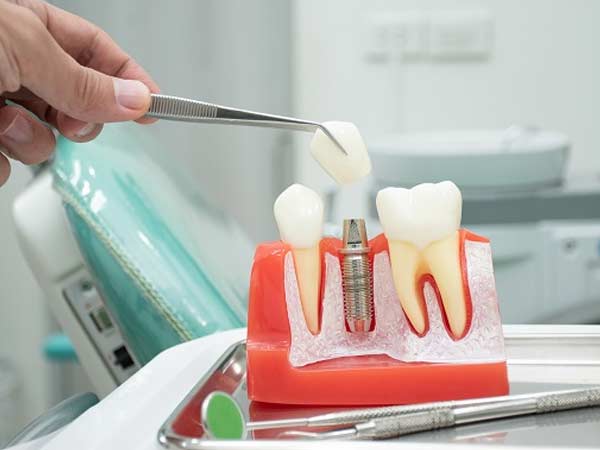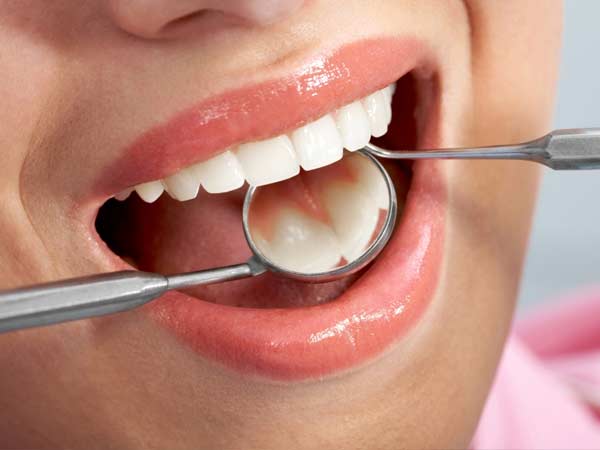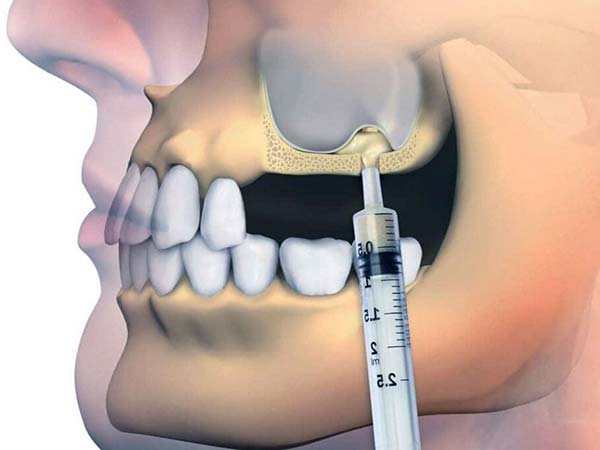
Everything to Know About a Sinus Lift
Sinus lift surgery is a treatment approach which is recommended when you desire dental implants but don’t have enough jaw bone to secure the implant.
Other names for this procedure include sinus augmentation or sinus graft.
Why it’s done
A sinus lift refers to the augmentation or lifting up of the maxillary sinus to make more room for new bone.
The maxillary sinuses are air-filled cavities that are located just above the back portion of the maxilla or upper jaw. By lifting the sinus and grafting bone in between, there’s more bone for us to place a dental implant.
If you don’t have enough upper jaw bone, the implant can’t properly anchor, and your new dental implant can’t perform some more demanding tasks, such as chewing.
Without enough bone, the dental implant won’t properly secure and can fail. Some of the reasons why you may have experienced bone loss in the jaw include:
- birth defects
- cancer
- natural variation, where your sinus cavities are very large or jawbone very thin
- periodontal disease
Also, bone in the jaw can be a use-it-or-lose-it prospect. If you have experienced tooth loss, your jawbone may start to get thinner over time.
According to the Foundation for Oral Rehabilitation, doctors will recommend sinus lift surgery if they determine you have less than 4 to 6 millimeters of bone height in the back portion of your jaw.
Preparation
Getting a dental implant or implants can be a multistep process, with a sinus lift and bone grafting being an earlier step in the process before placing the dental implant.
The dental implant process usually goes something like this:
- During an initial consultation, we will discuss your goals for dental implants.
- We will examine your teeth, mouth, and gums.
- You’ll undergo imaging studies, such as X-rays or a computed tomography scan, to identify jawbone health and other key structures in the skull.
- You’ll undergo sinus lift surgery, if needed, to help secure the implant.
- We will place the dental implant holder, known as an abutment.
- We will insert the dental implant.
How long each step of this process takes often depends upon your overall oral health.
Because dental implant placement can be a very expensive procedure, it’s important to take all the time needed to ensure the best results.
Procedure
Several different approaches exist for sinus lift surgery. The ideal approach for you may depend upon how much bone you currently have in your jaw, what type of bone graft the doctor is using, and the potential approach for dental implant placement at a later time.
Some of the basic steps include the following:
- You may be given oral or intravenous sedatives, or our dentist will numb the area with local anesthetic to keep you comfortable during the procedure.
- Dr will identify and make incisions into the back portion of your gum tissue and expose the bone.
- He will cut a small area of the bone, taking care to avoid the sinus membranes.
- He will lift the cut portion of bone up into the sinus cavity, raising the membrane.
- He will apply bone graft materials in the newly lifted area. This can be bone taken from another area in your body or synthetic bone material. We would have discussed the best option for you before the procedure.
- Dr will apply sutures to close the incisions in your gums.
Following the procedure, we will give you instructions to guide you in your recovery.
Recovery
Some of the most common side effects after a sinus lift are swelling and bleeding. This discomfort doesn’t usually extend beyond a few days, and you can return to regular activities as directed.
The most common complication concern for sinus lift surgery is the perforation of the Schneiderian membrane. This membrane lines the maxillary sinus cavity, and its perforation increases the risk for chronic sinusitis and sinus infection.
If this occurs during surgery, we will attempt to repair the membrane or stop the surgery altogether.
Following an uncomplicated sinus lift surgery, we will likely give you recovery instructions, like:
- Take antibiotics, if prescribed, to avoid infection.
- Avoid vigorously blowing your nose and sneezing, which could affect the bone graft material placement.
- Avoid brushing your teeth for a certain time period to keep from dislodging any clots or bleeding.
- Take pain relievers to relieve discomfort.
- Refrain from drinking from a straw, which could dislodge blood clots that prevent bleeding.
- Refrain from smoking, which can impair your healing time.
You will usually return to us within about a week of the procedure. If you experience pain that worsens instead of improves or bleeding that’s difficult to control, call us as soon as possible.
What to expect
According to the American Academy of Periodontology, your jawbone can take between 4 and 12 months to heal and develop before placing dental implants. However, there may be some times when a doctor will place the dental implants right away when you have sinus lift surgery.
Once you have a successful sinus lift surgery, you don’t usually need to have the procedure again. An exception may be if your doctor perforates the Schneiderian membrane during the procedure and suggests allowing time for the membrane to heal before repeating the sinus lift.
When to talk with a doctor
After sinus lift surgery, you should call your doctor if you experience the following:
- swelling or pain that worsens after 2 to 3 days
- bleeding that worsens or remains steady after 2 to 3 days
- discomfort or the sensation that the bone graft materials have moved out of place (this could occur after vigorous sneezing or blowing your nose)
- infection signs, such as swelling, fever, or foul-smelling drainage from the surgical area
If you have other concerns related to the procedure or your recovery, call your doctor as soon as possible.
The bottom line
Sinus lift surgery can pave the way for dental implant placement. The outpatient procedure helps to build a stronger anchor of bone for a dental implant, increasing the likelihood the implant or implants will succeed.

